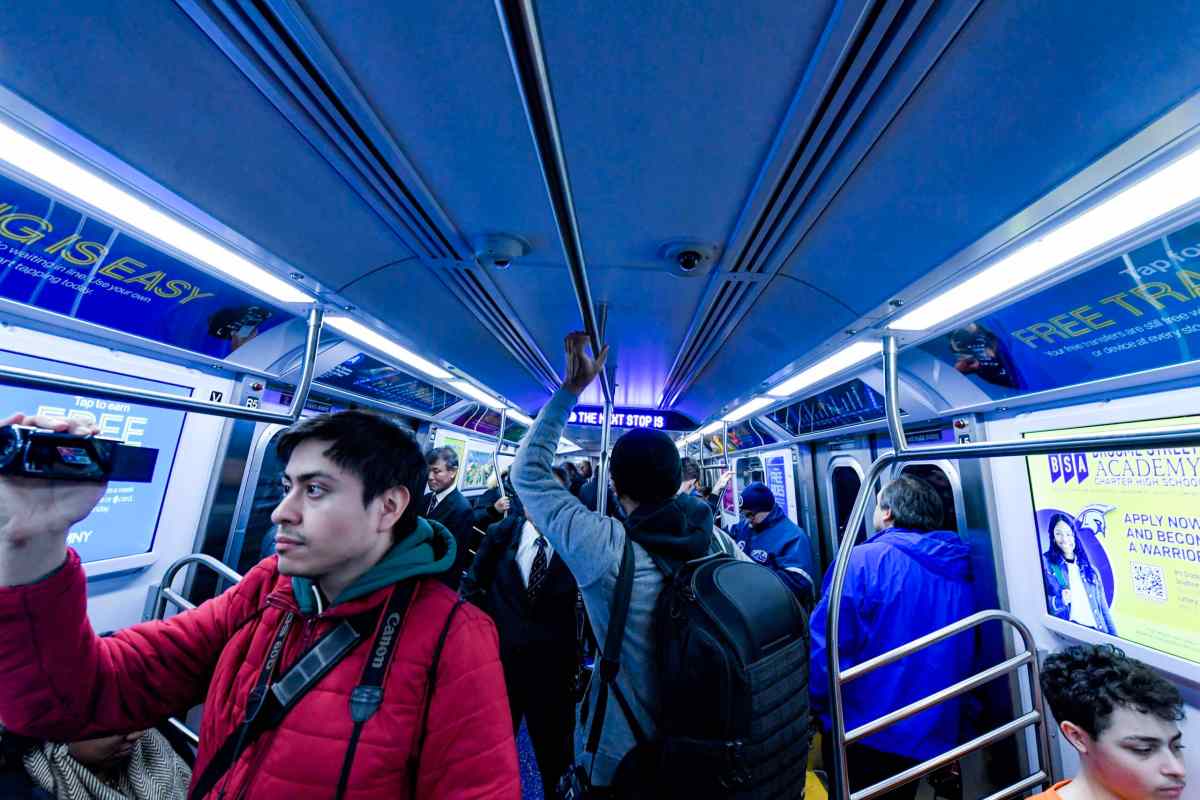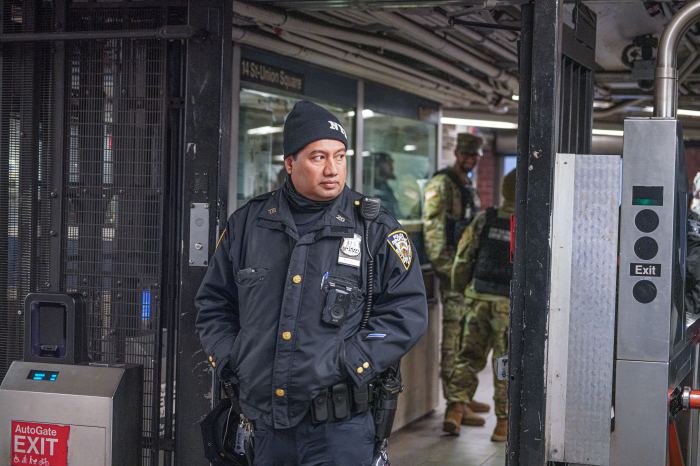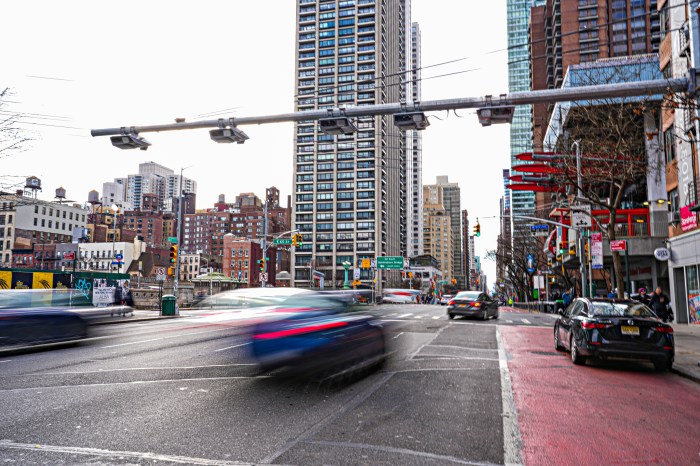After three long years largely dominated by the COVID-19 pandemic, 2023’s transit headlines can be described as something of a return to normal: budget fights, fare hikes, drama over proposals new and old, and of course, good old-fashioned complaining. Mostly without face masks.
Stand clear of the closing doors as we go on a journey through 2023’s biggest transit stories.
Financial uncertainty and fare hikes
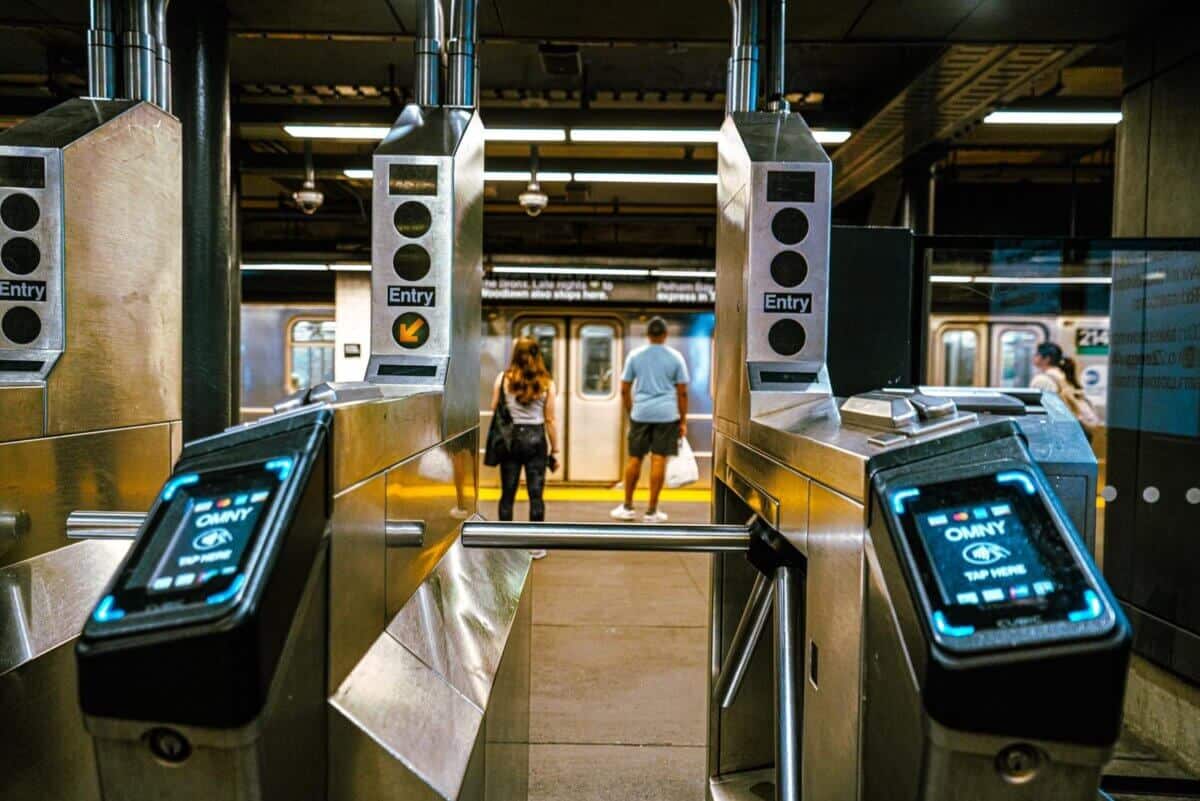
Subway and bus ridership continued to creep back up in 2023, but still remain well below levels seen before the COVID-19 pandemic. That posed an existential crisis for the MTA at the start of this year, which projected dire financial straits in the coming years as federal COVID relief money dried up, potentially forcing massive fare hikes, service cuts, and layoffs.
In February, Gov. Kathy Hochul proposed a financial rescue package for the MTA, which would infuse state money into the authority by increasing payroll tax rates and promising a cut of future casino revenues. The proposal kicked off months of drama and wrangling, but the budget passed in April largely along Hochul’s proposal, though the payroll tax hike would be levied only on businesses in the city after suburban legislators complained. The MTA now projects financial stability through 2027.
The enacted budget required the MTA to pilot free bus service on five lines across the city, which it launched in September, and included millions of dollars to increase service frequency across various subway lines.
It also required the MTA to raise its fares, which had stood at $2.75 since 2015. The MTA Board voted to raise the fare to $2.90 in July, and the bump went into effect the following month.
Big projects
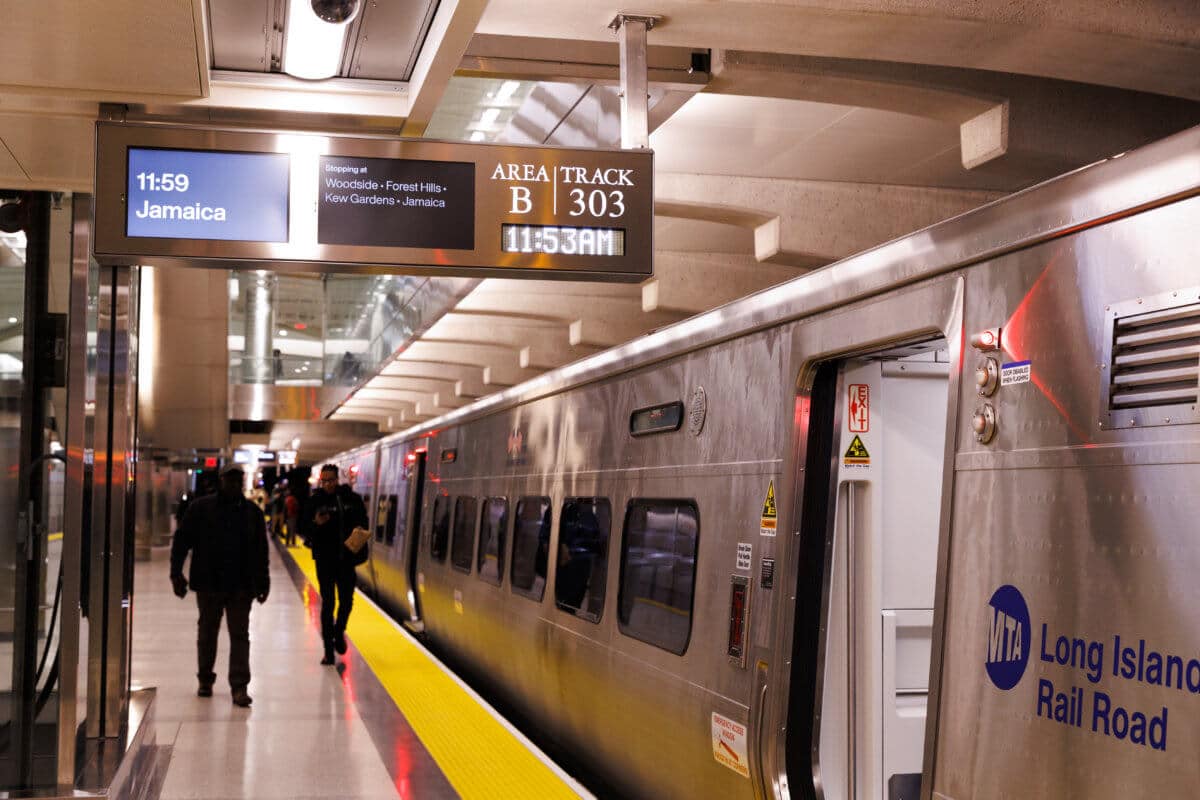
The year kicked off with the MTA opening its brand-new, $11 billion Grand Central Madison train terminal, a project decades in the making. But when Long Island Rail Road service finally began in earnest at the new east side terminal in February, riders were not pleased with the changes to the railroad’s schedules, especially service into and out of Brooklyn’s Atlantic Terminal. The heat from angry Long Islanders grew so untenable that the MTA quickly retooled LIRR schedules again, adding more train service for Brooklyn commuters.
As for Penn Station, the MTA, Amtrak, and New Jersey Transit want to redesign the maligned Midtown terminal but like many New Yorkers, has to contend with a disagreeable upstairs neighbor. The railroads say that Madison Square Garden’s continued presence above Penn Station is not “compatible” with plans to modernize the station. Despite protestations by MSG, the city opted to only renew the Garden’s “special permit” for an arena at the location for five more years, even as Penn redesign plans remain in amniotic stages.
In future news, New York received billions of dollars from the Biden administration for major rail infrastructure projects this year, including the Second Avenue Subway, the Gateway Tunnel under the Hudson River, and the Penn Access project to bring Metro-North to Penn Station and build new stations in the Bronx. All those projects will still take years to actually come to fruition. Meanwhile, Gov. Hochul has championed the Interborough Express project, which would bring light rail service to an underutilized corridor between Brooklyn and Queens. That project remains in its infancy.
Climate change and aging infrastructure
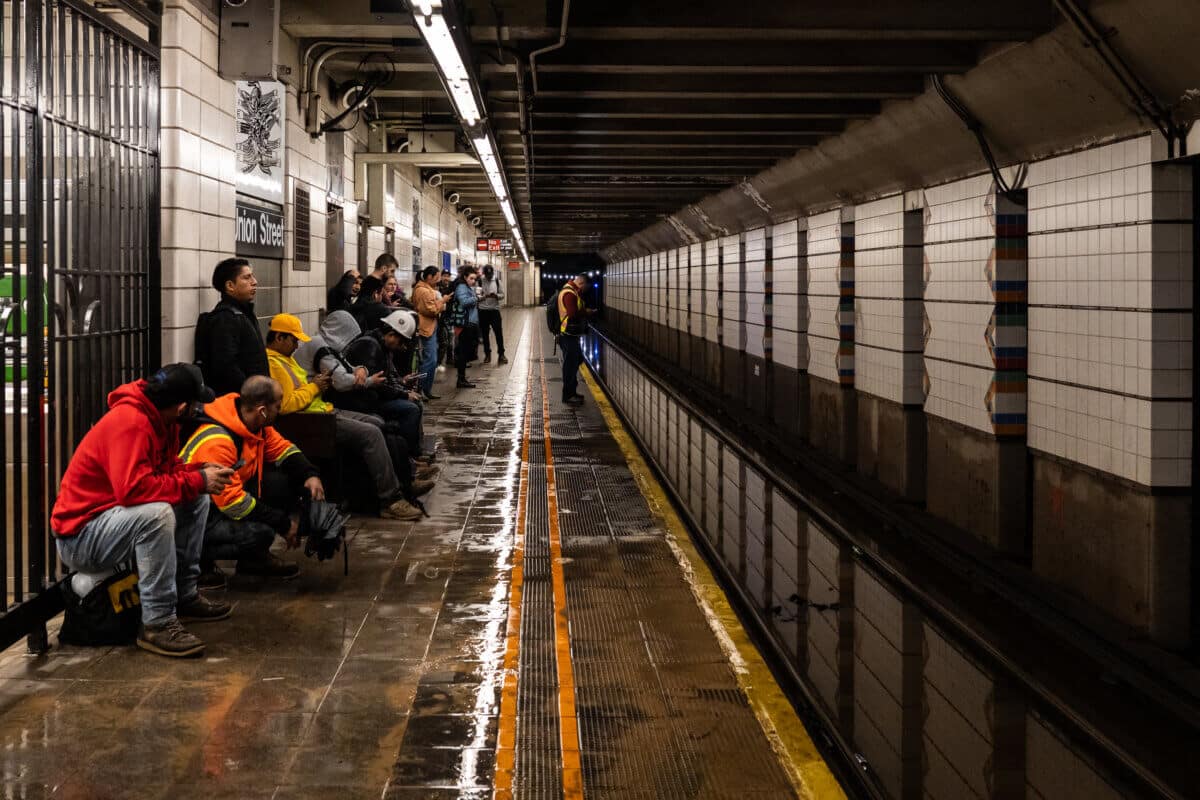
This year demonstrated once again the serious threat climate change plays to New York’s transit service and infrastructure. In a display of what’s to come, Metro-North’s Hudson Line, which also serves Amtrak, suffered multi-day shutdowns not once, but twice this year due to extreme weather, first during “thousand-year” flooding and later due to a mudslide. The MTA also was forced to almost entirely suspend subway service in September as an enormous amount of rainfall pounded the city.
Another pressing issue that reared its head this year was the advanced age of the city’s infrastructure. In April, a nearly 100-year-old parking garage collapsed in Lower Manhattan, killing one and raising questions about building stability. The garage had a history of violations and was not designed for the volume of cars it held. In November, Amtrak service into Manhattan was shuttered for days due to structural integrity issues at an underground parking garage in Midtown right above the train tracks. And in December, a 96-year-old Bronx building partially collapsed, leaving dozens of people displaced.
In October, the MTA released a “20-year needs assessment” that identified climate change and aging infrastructure as some of its most pressing issues in the coming years. Addressing these issues, whether through resiliency upgrades, reconstruction of infrastructure, and replacing fossil-fuel burning vehicles with electric ones, will be a massive undertaking that will cost billions of dollars, but the alternative would be even more catastrophic.
Congestion pricing
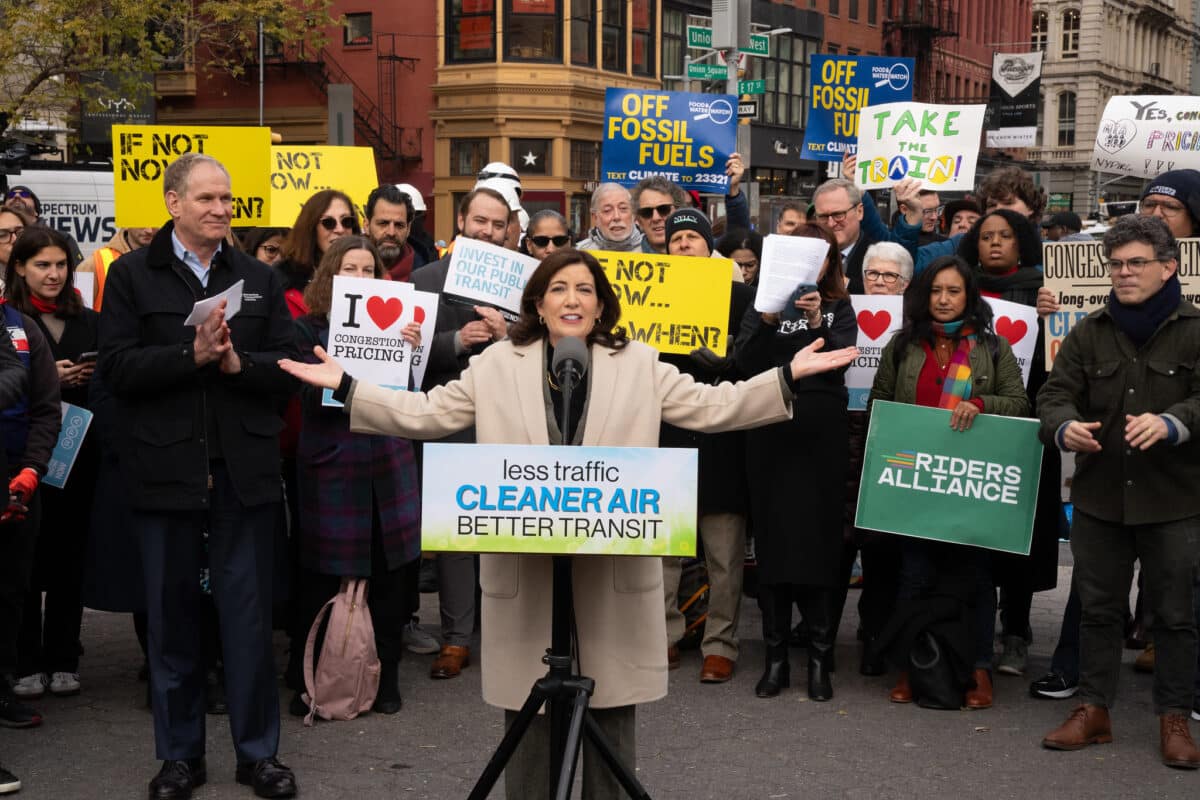
Part of the MTA’s plan to address these existential threats is congestion pricing, which would charge motorists a toll to enter Manhattan south of 60th Street. The money would go towards the MTA’s capital plan, infusing money for resiliency projects, accessibility upgrades, re-signaling, expansion, and regular maintenance, among other things. It’s also aimed at reducing punishing traffic in Manhattan and, by extension, lowering carbon emissions.
After four long years in limbo, the MTA finally won approval from the federal government to implement congestion pricing this year, and in November voted to recommend a $15 base toll to enter the congestion zone. The proposal must still go through another round of public outreach and hearings, with the MTA hoping to get the ball rolling in the middle of next year.
That timeline is threatened, however, by a federal lawsuit filed this summer by New Jersey, whose political leaders have cast congestion pricing as an existential threat to their way of life. The suit has already delayed work to modernize signals on the A/C line in Brooklyn and could lead to further delays in the MTA’s infrastructure plans.
Fare evasion and crime
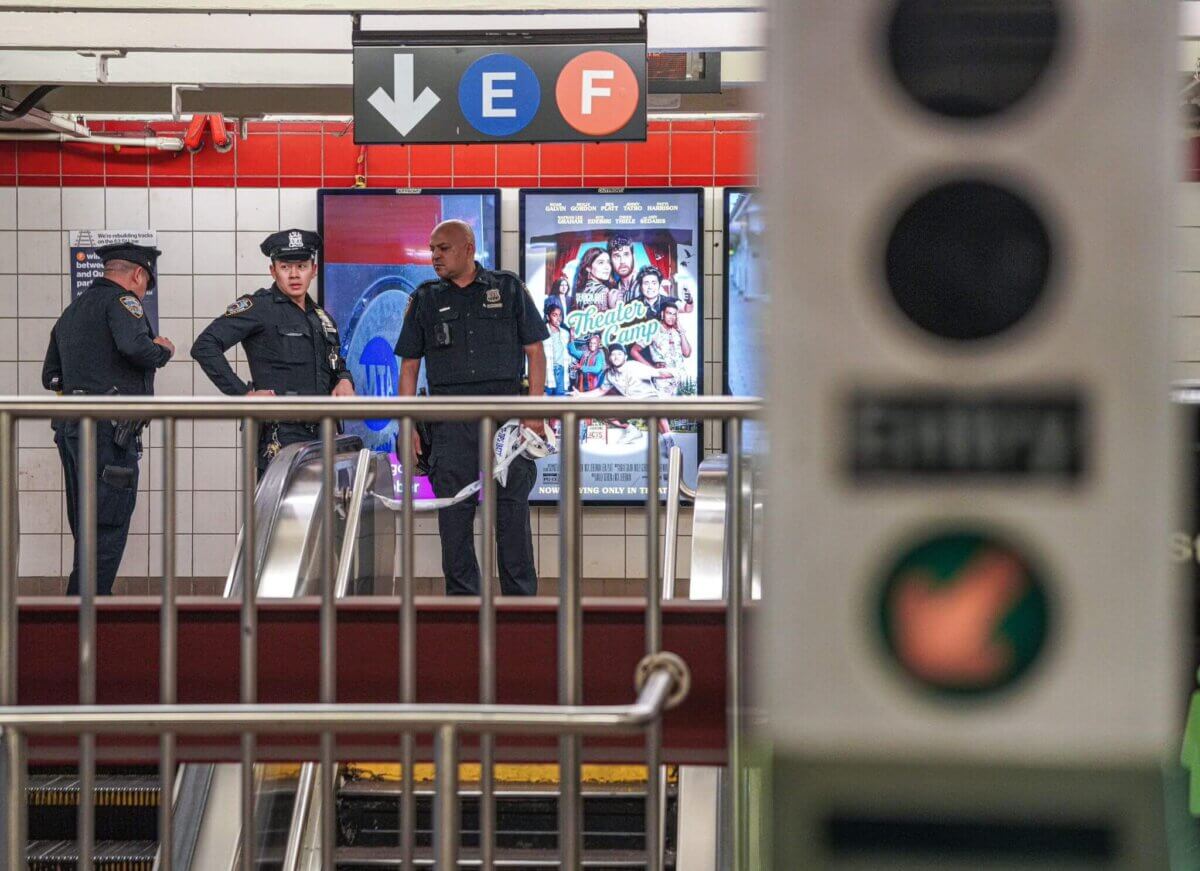
The MTA says that fare evasion cost it nearly $700 million in lost revenue in 2022, a number that could prove even higher in 2023. About 13% of subway riders and more than a third of bus riders are expected to not pay the fare on average, which can impact the MTA’s ability to provide reliable service.
The agency has said it plans to eventually redesign subway turnstiles to make them harder to jump, and has already begun reconfiguring them to prevent “back-cocking.” For now, though, the strategy has mainly been enforcement: police and unarmed guards have flooded the system over the past year, and summonses and arrests for fare evasion and other crimes have skyrocketed.
Major felonies in the subway system are down this year compared to last, but that doesn’t mean 2023 didn’t see high-profile, attention-grabbing crimes underground. Perhaps the most notable incident was that of Jordan Neely, a 30-year-old homeless Black man who was choked to death by Daniel Penny, a 24-year-old white former Marine, on the F train in May. The incident, and official responses to it, sparked protests across the city and discussions over the city’s treatment of the mentally ill, racial profiling, and vigilante justice. Penny, who has been lionized by political conservatives, was indicted in June on manslaughter charges.
New York’s teenagers, ever impressionable, took to the top of trains in record numbers this year to partake in “subway surfing,” which brought social media clout but also risked gruesome injuries or even death. The MTA has sought to have subway surfing videos removed from social media platforms, and launched a campaign designed and presented by teens aimed at deterring the behavior.
On the street
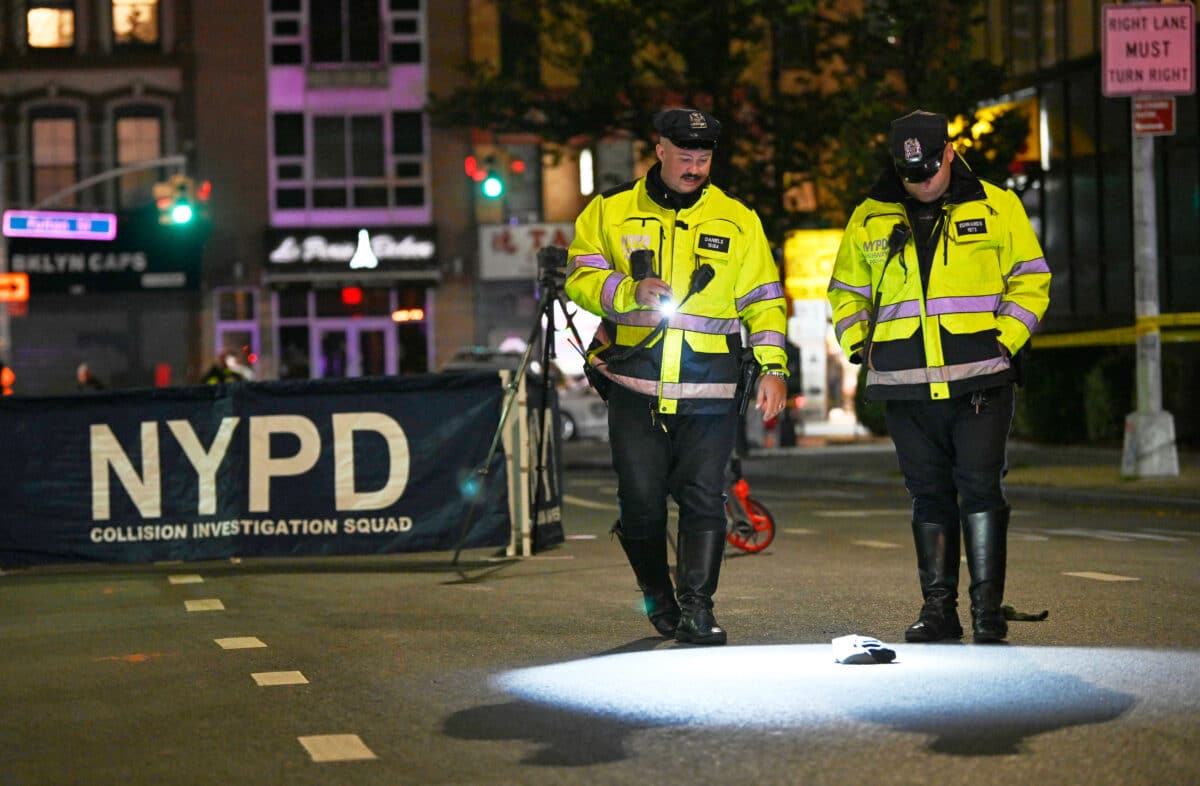
At the street level, deaths in traffic collisions are slightly above the levels seen last year, but 2023 has been a particularly deadly year for cyclists. Advocates have placed the blame on Mayor Eric Adams, who last year failed to build the legally required mileage of new bus and bike lanes, and appears on track to do the same this year. The mayor has particularly caught heat for backing away from Department of Transportation street redesign projects after complaints from special interests, some of whom are political allies or campaign contributors.
E-bikes continue to proliferate more widely across the city, but this year officials have started sounding the alarm over their lithium ion batteries, which are prone to explode and cause hard-to-control, deadly fires. Lawmakers this year passed bills to ban reassembled and uncertified batteries, and to create a trade-in program to more widely distribute safe ones.
New York has also seen the impetus of major changes to its streetscape this year. The City Council approved a permanent, though scaled-down, outdoor dining program (which opponents are now trying to block in court), and the Adams administration has pursued several major policy changes regarding trash collection. All local businesses must place their trash in solid receptacles by March of 2024, rather than toss stinky black bags to the curb, and the city is currently piloting residential waste containerization in Harlem and rolling out a redesigned street trash can as part of the mayor’s War on Rats.



